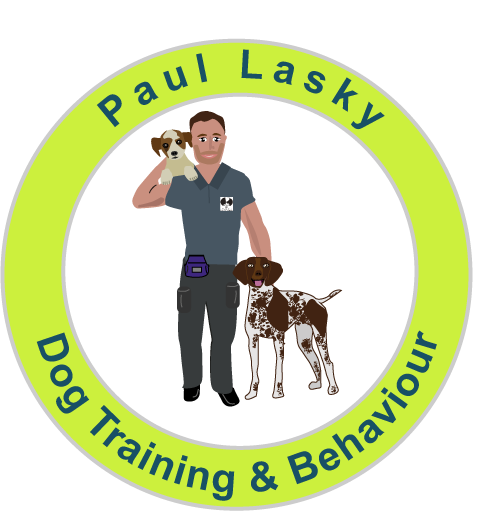Busting the Dominance Theory Myth
Dominance theory claims that dogs are wolves and any behaviour issue is because the dog is trying to get a higher rank than the human. It also comes with an array of abusive training methods. Let’s break it down.
The study that originally coined dominance theory was done on wolves in captivity, there were social tensions between wolves in the pack as the wolves were not able to carry out their natural behaviours, most importantly, the ability to leave the pack, and find a mate as a lone wolf elsewhere. This was a captive pack with nowhere else to go and no other wolves to find. Further to this the pack was not a nuclear family, effectively it was a strange group of wolves forced to cohabit in a restricted and enclosed environment. The person who did the study was Rudolph Schenkel and his work has been debunked many times over.
In the wild it has now been shown that real wolf packs are a nuclear family consisting of mum, dad, cubs and maybe some extended family. A real pack will be a harmonious unit set-up to enhance chances of survival through sharing of food and other duties such as hunting and staying at home with the cubs. Domestic dogs do not need this kind of setup as they are not primarily big game hunters, they are scavengers and humans feed them, so pack behaviour has been switched off. Even stray and wild dogs will feed from human waste not hunt in packs.
The most pertinent point is that the so called and much abused “alpha” wolf term was only seen in the wolves in captivity. This was merely social tension in an awkward and artificial situation leading to physical duals between the wolves. As shown above this does not transpose onto wolves in the wild, dogs in the wild or pet dogs. Dog owners can therefore feel empowered by this information to recreate a harmonious home not the tense captive hierarchical pack.
It is at best, a nice fantasy to think we have wolves as our best friends and family members. But dogs are not wolves and the training methods following dominance theory have brought it into the spot light for all the wrong reasons. In particular the ‘one theory fits all’ solution to all behavioural problems in dogs. This theory as an extension of pack theory states that any dog with any behavioural issue is being “dominant” and must undergo “rank reduction”. A further dirty leap sees the methods used to carry this out include the infamous “alpha rolling”, intimidating, physically abusing and the pointless eating before your dog. It is here that lays the heart of the issue.
Firstly, why would a custodian and family member of a dog or any animal for that matter, invite the said animal into their home in such altruistic fashion only to apply treatment to the dog that causes fear, anxiety, frustration and suppressed behaviours. Secondly and more importantly the methods do not look at the root cause of the behavioural issue.
For example, a dog might be humping due to anxiety, excitement, frustration, fear, arousal and many more. It should be addressed by looking at the underlying cause not punished. I have seen humping turn into aggression if not dealt with sensitively. This completes the chain of error. From the original incorrect pack theory, the erroneous transposing onto dogs, the blinkered logic of diagnosing behavioural issues and the methods used to treat this imaginary dominance which equates to a giant chain of misinformation.
So, if you ever find yourself watching a tv show, listening to a so-called whisperer or reading an internet page and thinking oh my dog is being dominant:
I give you permission to think a bit deeper about the real reason your dog might be doing a certain behaviour. Yes, dominance is a word and yes, a more confident dog could be called dominant over another dog, but don’t go any further than this when trying to diagnose a problem. Instead, try to find the real cause, hire a professional trainer or a behaviourist who has a proper skillset, up to date scientific background and qualification.
Call me for a free and honest chat that will get you and your dog on the right path.





